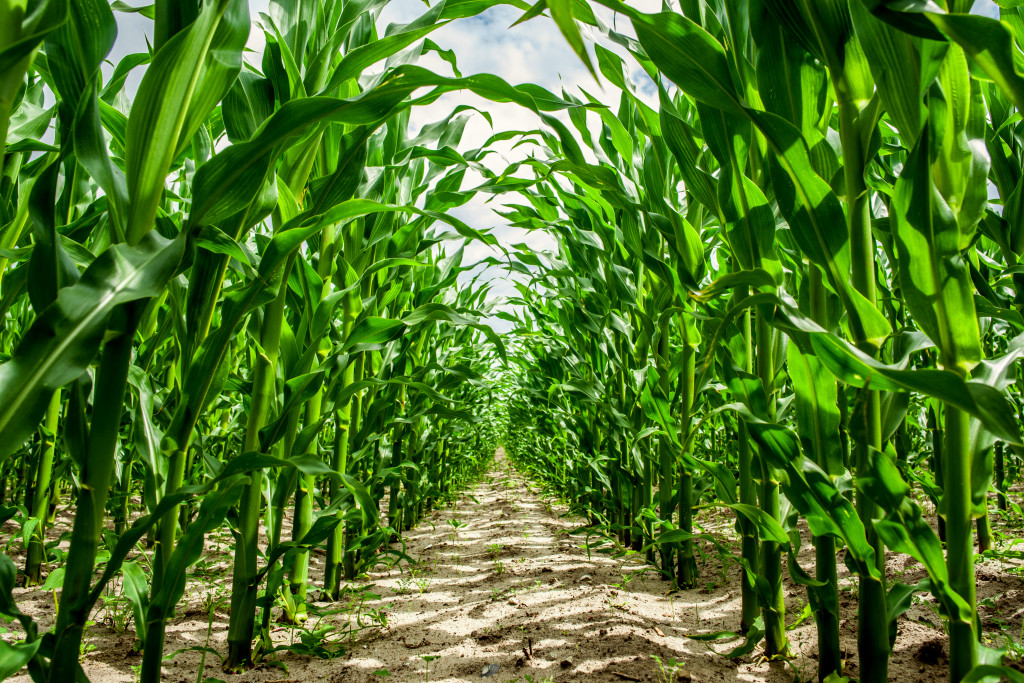Food in the United States is now more expensive. Reports from CNBC and CNN show that this began years before the pandemic. Climate change was a major challenge. Crops were affected by extreme heat, drought, and frost. Another cause was the shortage of workers in agriculture brought about when the previous administration clamped down on immigration. Among the other triggers were transportation issues and various disruptions in the supply chain. The disturbances caused by the pandemic were just the latest factors for food price increases.
According to the U.S. Department of Agriculture (USDA), this has led to food insecurity among 13.8 million households in 2020. To provide more help, the government increased the benefits received by low-income people from the Supplemental Nutrition Assistance Program (SNAP) by over 25 percent. This was the program that replaced the previous food stamps. This is not enough, though.
Reversing the Negative Cycle
The Center for Urban Education About Sustainable Agriculture (CUESA) and the California Climate and Agriculture Network state that some traditional farming methods contribute to the emission of greenhouse gasses that cause climate change. It, therefore, becomes a negative cycle.
Most of the energy used by farms is to pump groundwater for irrigation. The electricity consumed by California farmers can power 1.5 billion households. Conventional agriculture is heavily dependent on pesticides, herbicides, and fertilizers that are petroleum-based. The production of these materials contributes to greenhouse gas emissions.
Farmers can shift away from the use of fossil fuels by using solar energy. They can save water and reduce the need for groundwater pumping by creating ponds as rainwater catchment systems. They can use water from the ponds for drip irrigation that delivers water directly to roots. Doing this during the cool time of day or at night reduces water loss from evaporation. Farmers can also monitor the weather and not irrigate when there is rain. Irrigation is unnecessary with the use of the dry farming method. Compost increases the capacity of the soil to hold water. Mulch placed on the top layer of the soil further improves moisture conservation. Choosing to grow drought-tolerant crops also helps.
In orchards, the land between trees must be planted with cover crops that act as carbon sinks as they absorb carbon monoxide from the air and release oxygen. Around 40 percent of the carbon remains in the soil, feeding microorganisms that provide nutrients to the plants.

Organic farming uses only natural fertilizers, herbicides, and pesticides, reducing greenhouse gas emissions. These also contribute to the health and fertility of the soil.
The hydroponic farming container system is an alternative technology for areas where the soil or the weather does not support the planting of crops. This system does not use soil but instead grows crops in water enhanced with mineral nutrients. The water is recycled within the system and is, therefore, conserved. The system is in an enclosed space such as a container van, with lights replacing sunlight. Solar panels can power the entire system, and a vertical planting design maximizes the yield of crops for the available land area.
Support From Urban and Suburban Farming
Both hydroponics and organic soil planting can be and are being used in urban and suburban farms. There is a growing movement of people tending community gardens. Many homeowners are also growing their own vegetables in their yards and indoors through hydroponics. Edible plants are replacing ornamentals in gardens and even as landscapes. Some schools are growing food gardens tended by students. The rooftops of buildings can be turned into edible gardens.
These community efforts bring food to areas previously underserved in terms of fresh vegetables and fruits. The vegetables and fruits harvested from community gardens are free for volunteer gardeners and sold at a low cost to other community members. Neighbors exchange the yield from their respective gardens.
Hydroponic farms can also be set up in urban and suburban areas. These eliminate the need to transport produce for a long distance. It, therefore, keeps prices low. Freshly harvested vegetables also retain all their nutrients and are more delicious.
The Right to Food
Every human being has the right to adequate and nutritious food as well as good health. It is also the obligation of humans to help ensure that healthy food is accessible and affordable for everyone. To this end, the latest sustainable innovations and technologies in growing edible crops must be maximized by traditional farmers and urban farmers. Being able to add fresh vegetables and fruits to every meal will go a long way in preventing the development of obesity and other major chronic diseases such as hypertension, cardiovascular disease, and diabetes in the population.





